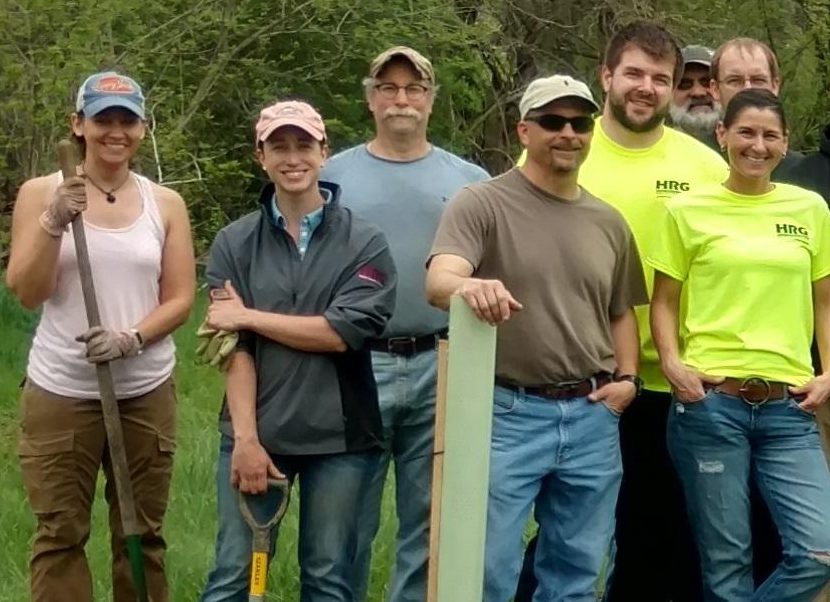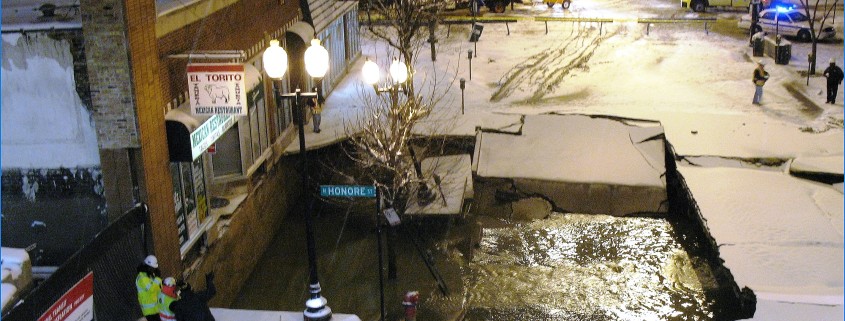The Master Builders Association and others are celebrating Construction Week October 15 -20, and we wanted to join the celebration by spotlighting our talented resident project representatives and construction inspectors. These men and women deliver real value by monitoring construction activities and ensuring the finished project accurately reflects the design plans our clients approved. Their work saves time and money, and we relish the opportunity to promote them this week!
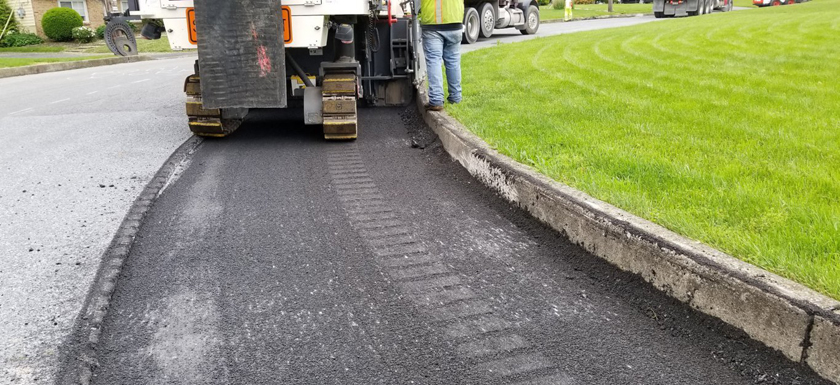
Terry Meek
Terry Meek is a resident project representative in our Harrisburg civil group. He typically spends his day traveling between construction sites around Central PA, performing inspections. His job involves new faces and new places on a regular basis, working with various contractors in different locations around the city. It’s this variety that he loves the most, but being outside is a close second.
“I’ve always enjoyed being outside,” Terry says, “and I’ve always enjoyed being around construction equipment.”
He joined HRG in 2012, but he’s been in the industry for 16 years. His first job involved assignments throughout the southern portion of the East Coast, from D.C. to Savannah, Georgia. One of the more memorable projects was at a landfill site in Charleston, South Carolina, which had alligators swimming in various ponds.
Whatever the project, Terry is committed to ensuring quality construction for our clients. He’s also committed to finding ways to save time and money on their behalf.
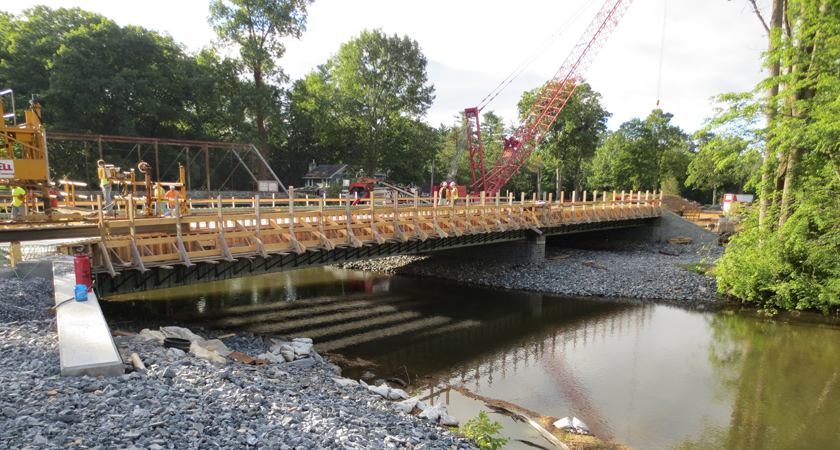
Gary Rapp
Gary Rapp is a resident project representative in our Harrisburg civil group. He rises early to get a head start on the day, visiting construction sites to verify all M&P controls are in place. Then he completes PSA’s at the project office, meets with contractors, and spends the rest of the day inspecting construction activities.
He’s currently working on improvements to the Capital Area Greenbelt. He also worked on the award-winning Craighead Bridge replacement in Cumberland County and streetscape improvements in Middletown Borough, but these are just two of many projects he’s completed over the past 10 years working with HRG.
A recommendation from a friend brought him to a career in construction inspection, but his pride in the finished project is what has made him stay all these years, “My favorite part of construction is seeing the completed project when work is done. Whether it’s a streetscape that revitalizes the neighborhood or a new bridge that improves safety, it gives me great pride to play a role in those improvements.”

Ryan Sekerski
Ryan is a resident project representative in our Pittsburgh water and wastewater group. He observes the construction of water and sewer system projects, acting as a liason between the contractor, the engineers, and the client. He makes sure that all items on the final design plan are completed, reports any discrepancies or modifications, and tracks ongoing progress.
His favorite part of working in construction is being outdoors – even in the coldest days of winter. “I love snow,” he says. “Working outdoors during a heavy snow reminds you of being a kid again when you loved to go out and play!”
He’s been involved in construction since high school when he started working for a highway paving contractor. Since then, he’s worked for a variety of engineering firms and local municipalities.
Over the years, he’s completed a diverse array of projects, and it’s hard for him to pick just one favorite. Working in the field allows him to see and experience many different sections of the city, eating at local diners and small mom and pop shops. It also allows him to meet people from all walks of life.
“I like meeting new people,” he says. “They like to come out and talk to you when you’re working near their homes. Sometimes the people and their stories are the most interesting part of the job.”
With almost 30 years of experience in construction and almost 18 as an inspector, Ryan has seen a lot of challenges in the field. His experience helps him keep a cool head because he’s learned every problem has a solution if you think it through one step at a time.
Eric Lincoln
Eric is a resident project representative for the civil service group in our Harrisburg office. He assists many of our municipal clients by reviewing land development plans for compliance with local ordinances and observing land development activity to verify the work is being completed according to the plans and regulatory standards. He also observes construction of municipal infrastructure like storm sewers, collection systems, curbing and sidewalks, roadways and paving, retaining walls, and more.
Prior to joining HRG, he served the state of Maryland as a resident maintenance engineer in Eastern Baltimore County. His responsibilities included maintaining more than 500 miles of highway with an emphasis on emergency management, logistics, and maintaining fiscal accountability.
Today, a typical day on the job is characterized by “coffee, people, and construction site challenges,” according to Eric. He loves the opportunity to work with individuals that have varying skills and expertise and see how those individuals come together to solve a community’s problems. His favorite projects are typically underground stormwater storage systems. The following images are from recent projects he’s been working on.
Ethan Williams
“Changes during the construction phase are interesting and exciting to work through. It seems every day there are new challenges to overcome.”
Ethan is a member of our water and wastewater team who works out of our Morgantown, West Virginia, office. He typically arrives at a construction site before dawn, so that he can review plans before the contractor begins. He determines where the contractor will work that day and makes note of possible challenges that may arise installing sewer across utilities, roads or other existing structures. He also checks for field orders, change orders, and work change directives that have been issued to make sure he is up-to-date on any changes to the original plans that might affect that day’s work.
 Throughout the day, he works alongside the contractor, observing progress and answering any questions the contractor may have about the design.
Throughout the day, he works alongside the contractor, observing progress and answering any questions the contractor may have about the design.
He also performs administrative duties like tracking material quantities, typing daily construction reports, and working on as-build drawings.
“The contractor works from dusk till dawn, so my workday is typically around 12-13 hours long,” Ethan says.
The best part of the job for Ethan is seeing an idea on paper come to life. “When you look at a set of prints, it’s hard to appreciate the work put into the design or the magnitude of a project until you experience the challenges faced in the field,” he says.
He was inspired to pursue a career in civil engineering and construction while serving active duty in the military. “I deployed overseas several times, and it was shocking to see the lack of infrastructure in many other countries compared to the United States,” he recalls. “It gave me a whole new appreciation for the quality of life we experience here in America, thanks to our roads, bridges, water and wastewater systems.”
Knowing the connection between infrastructure and quality of life, Ethan takes great pride in the way his work improves the lives of friends and family that live near the projects he’s completing: “I’ve witnessed firsthand numerous failing septic systems, and I have no doubt that the time and effort spent on the improvements we’re building will reduce negative environmental impacts for years to come.”
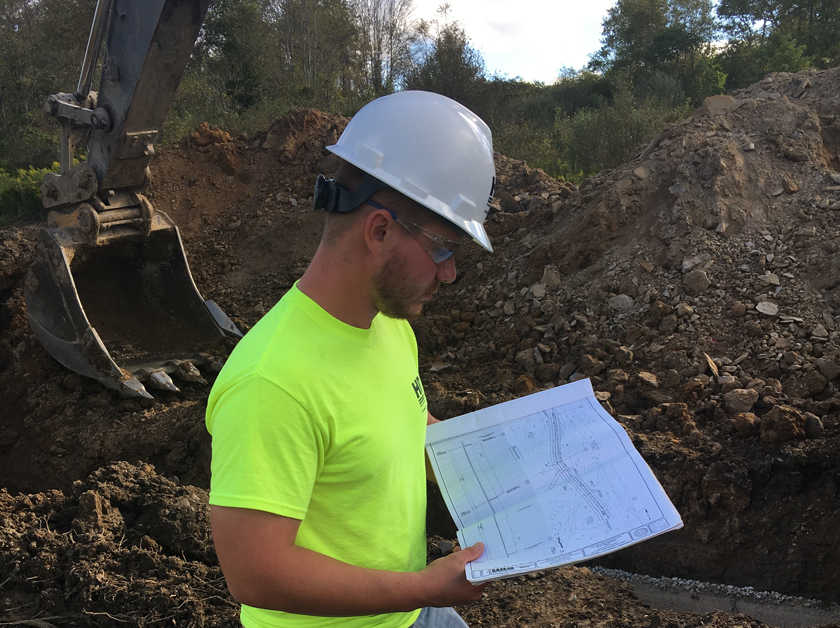





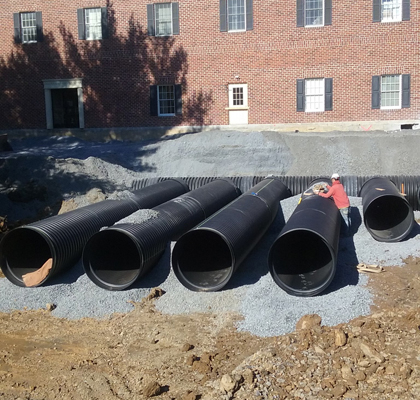
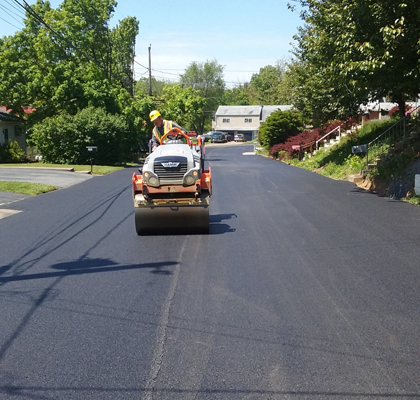
 Throughout the day, he works alongside the contractor, observing progress and answering any questions the contractor may have about the design.
Throughout the day, he works alongside the contractor, observing progress and answering any questions the contractor may have about the design.

 Learn more about our work with the Wyoming Valley Sanitary Authority in this 3-part series published in The Authority, a magazine published by the Pennsylvania Municipal Authorities Association.
Learn more about our work with the Wyoming Valley Sanitary Authority in this 3-part series published in The Authority, a magazine published by the Pennsylvania Municipal Authorities Association.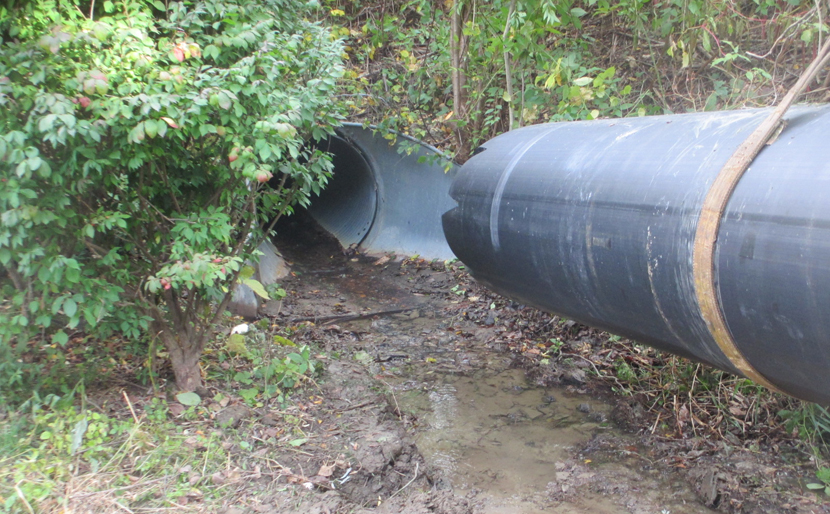



 It’s
It’s 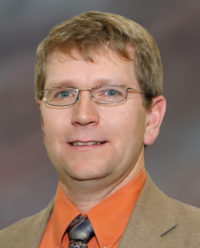 It’s
It’s 

 She was exposed to the concept of water and wastewater treatment at a young age. Here she is in the dirt while her parents were doing work on the family’s septic system.
She was exposed to the concept of water and wastewater treatment at a young age. Here she is in the dirt while her parents were doing work on the family’s septic system. 